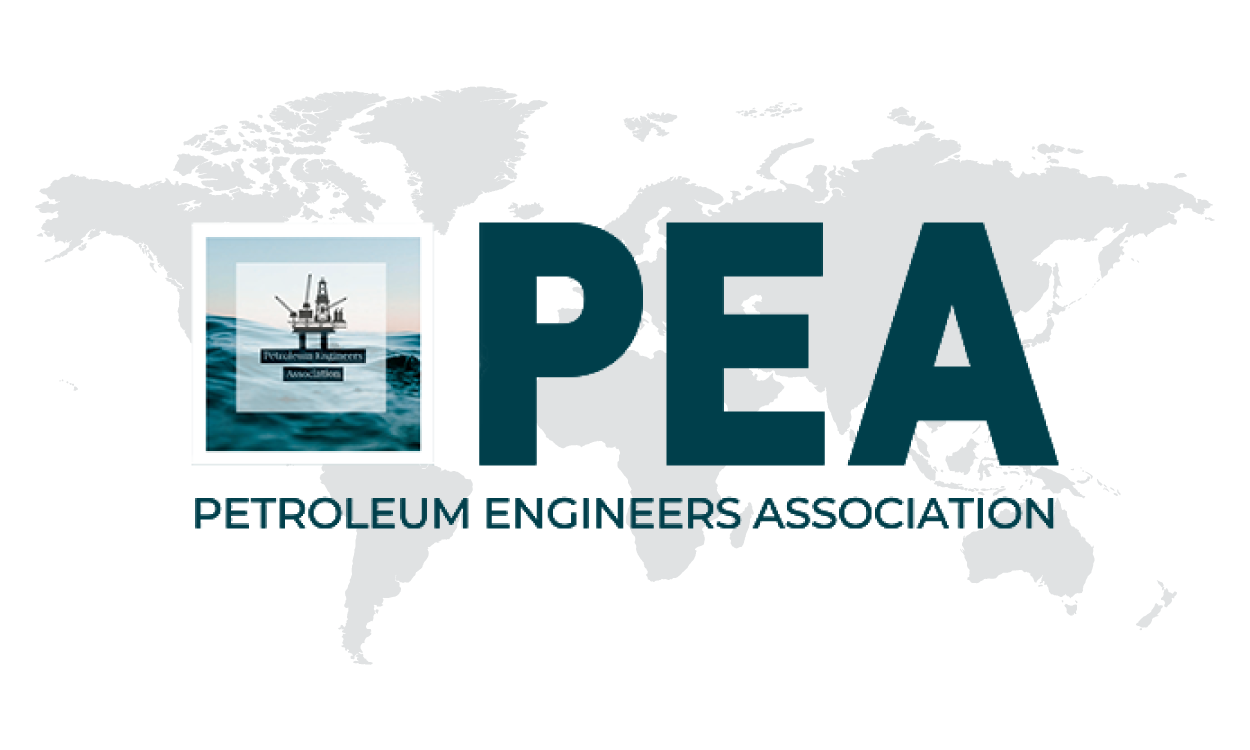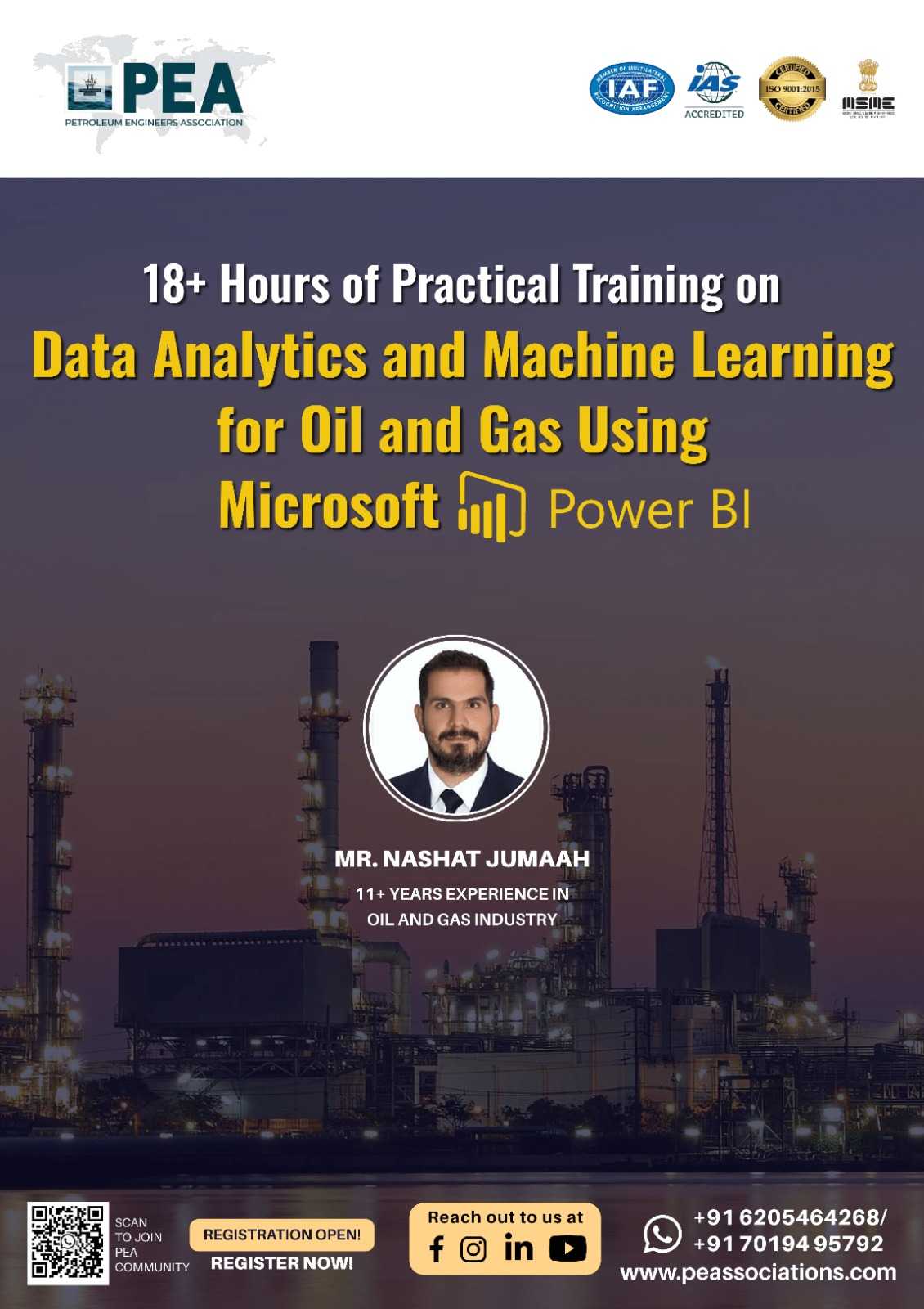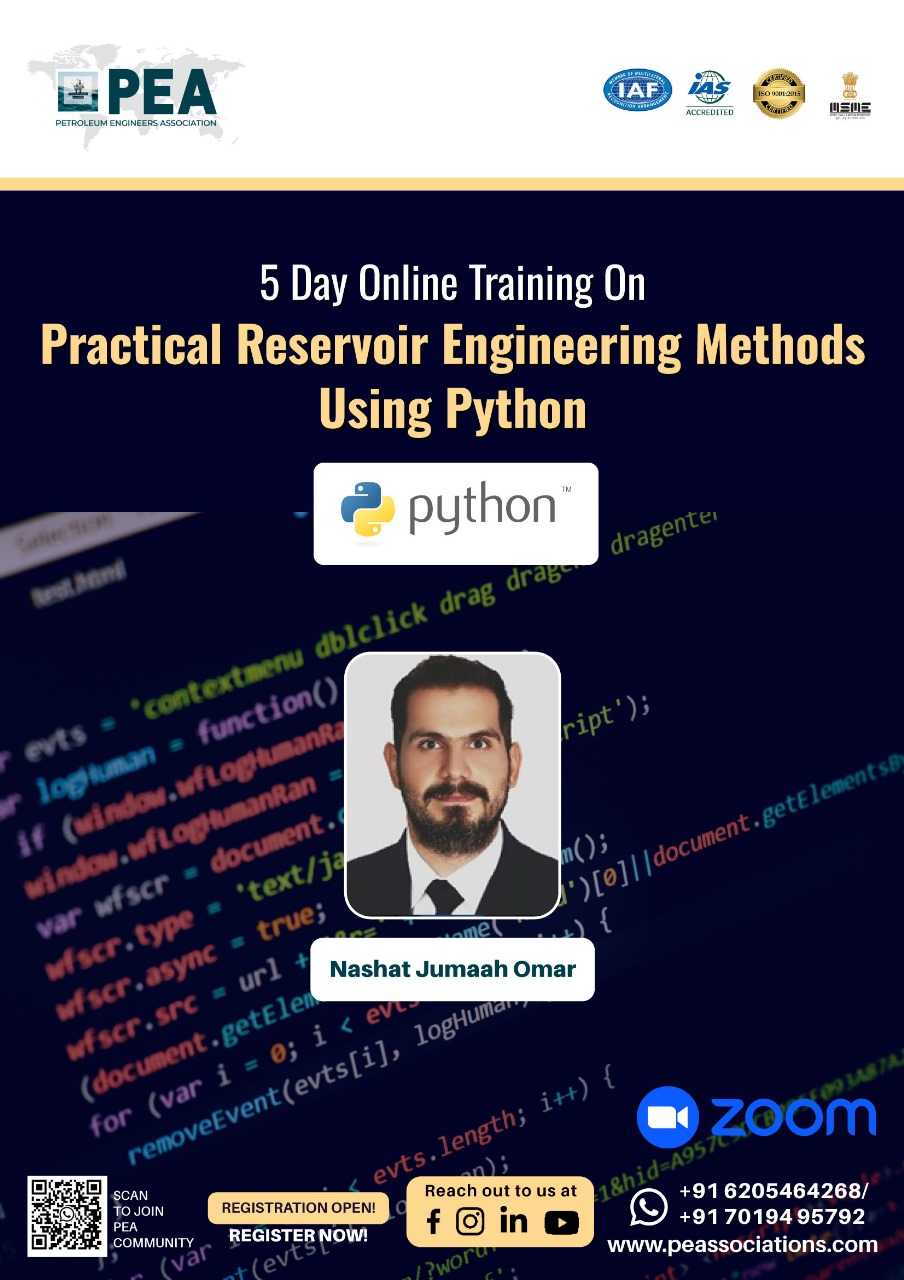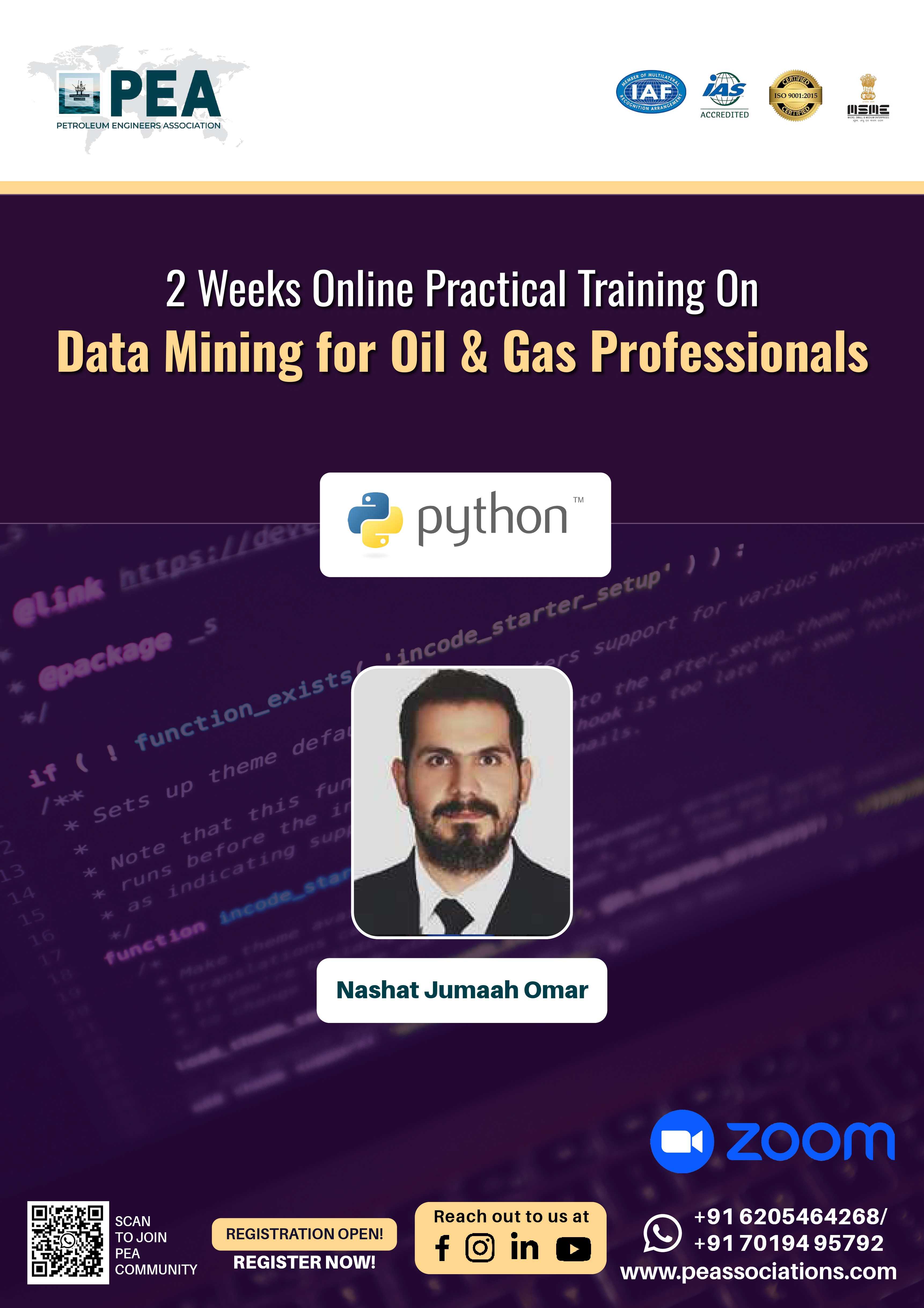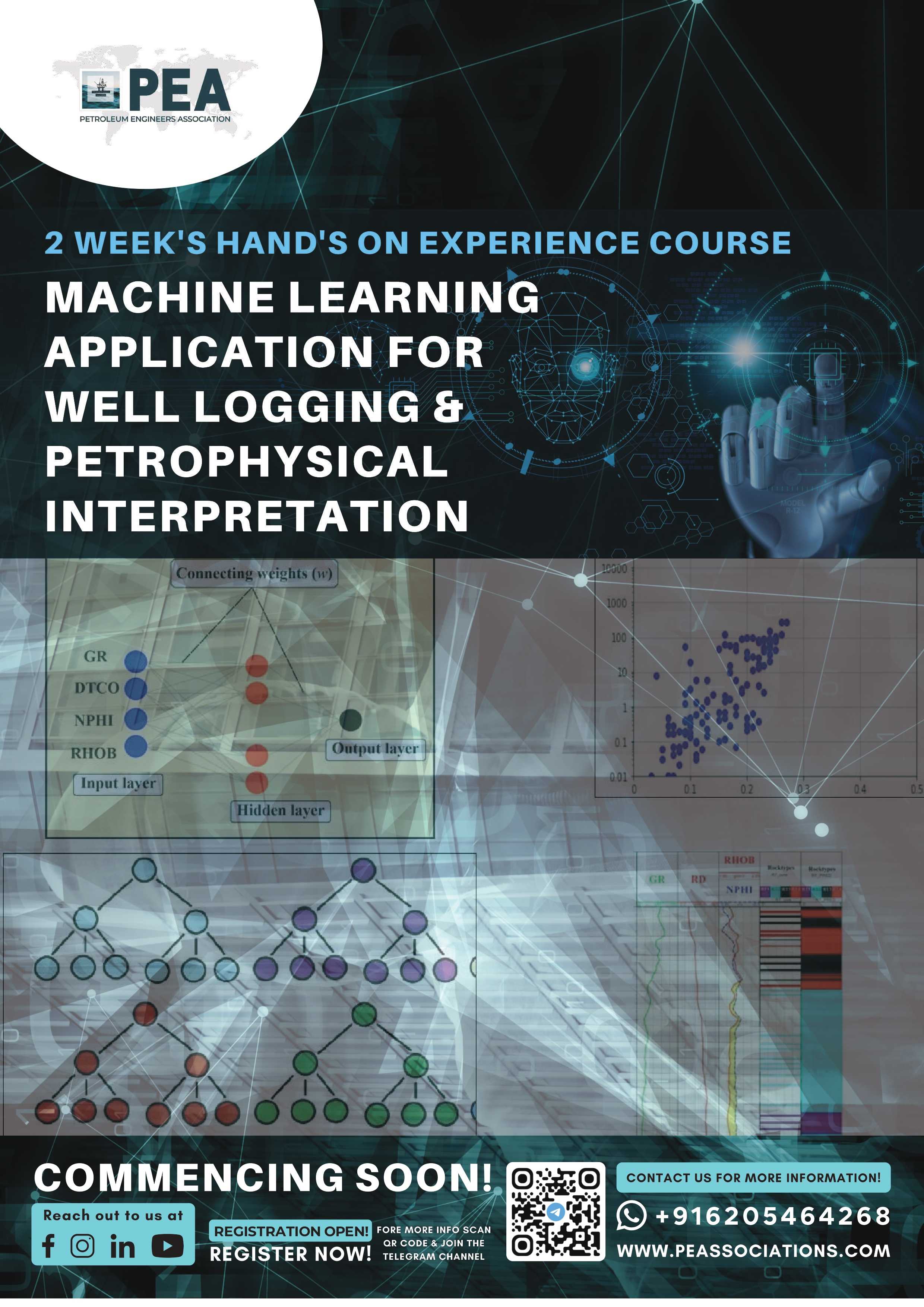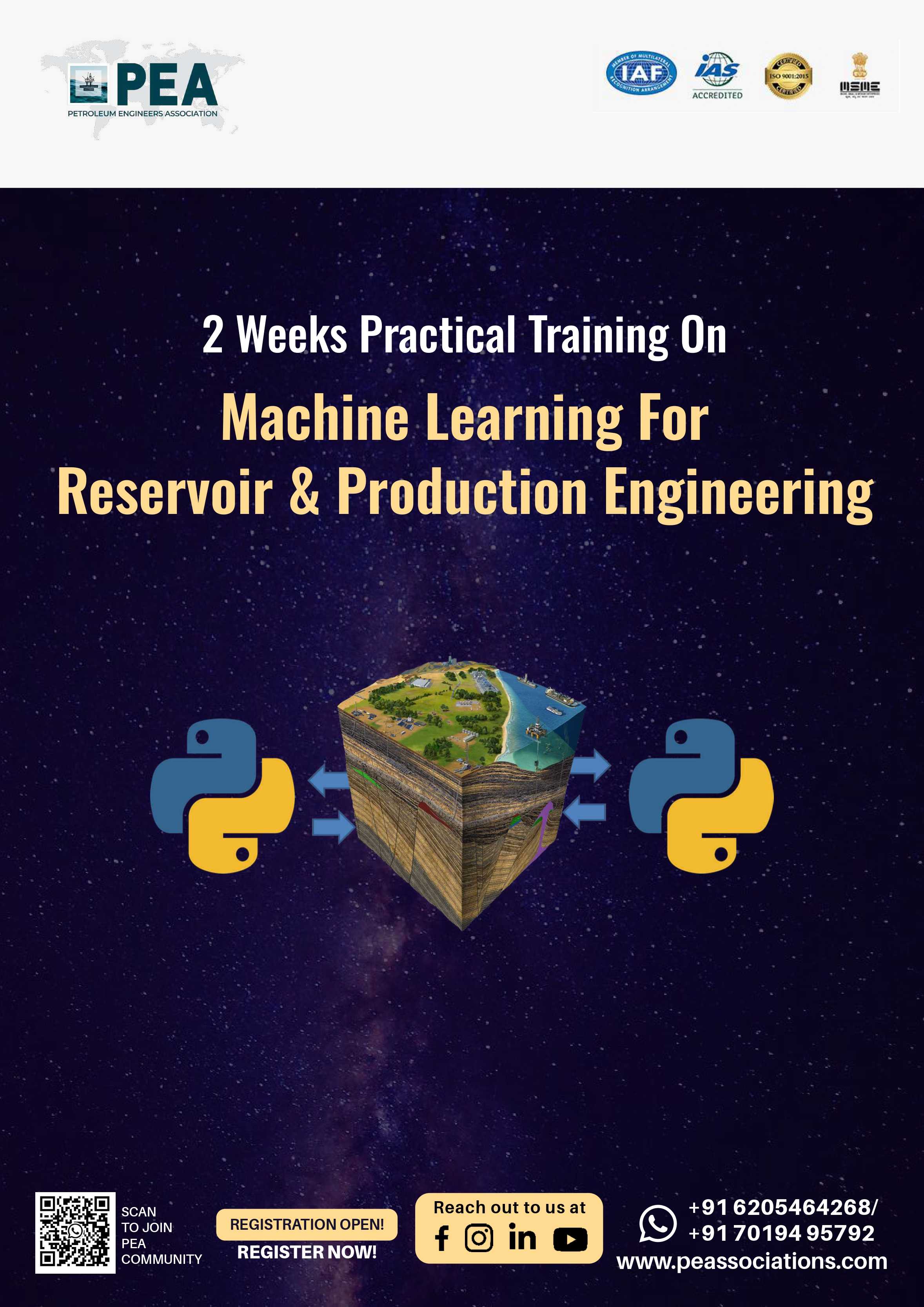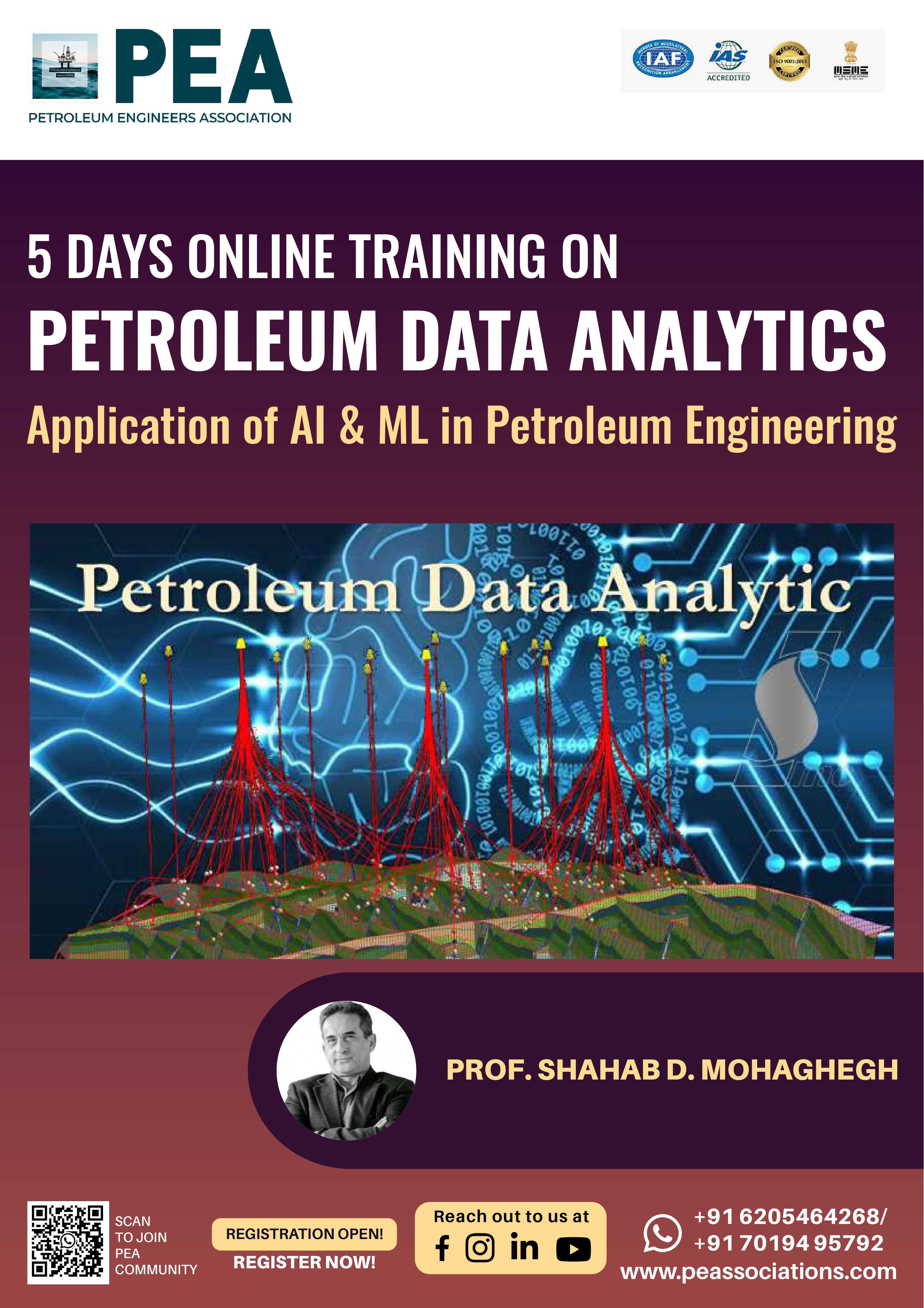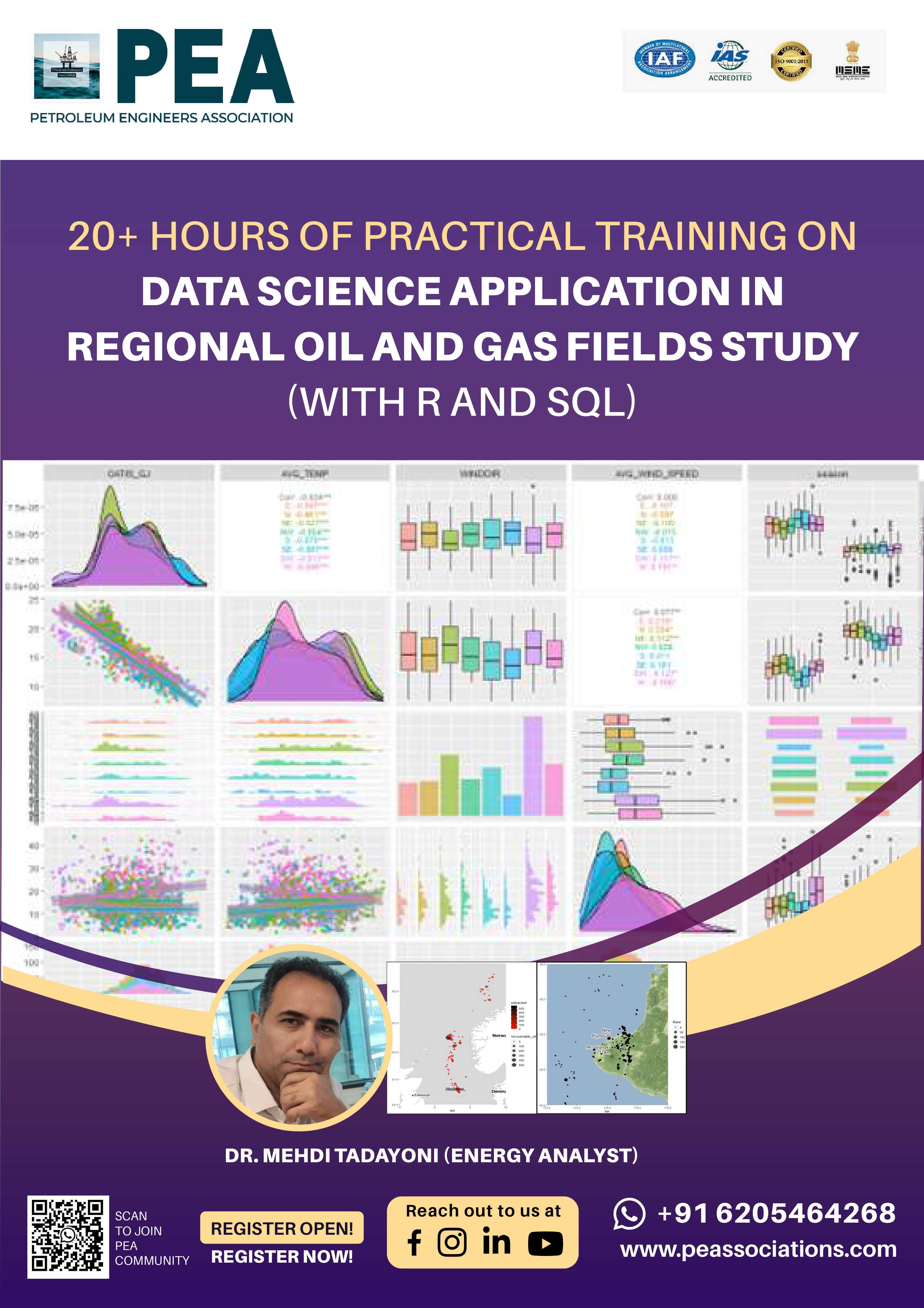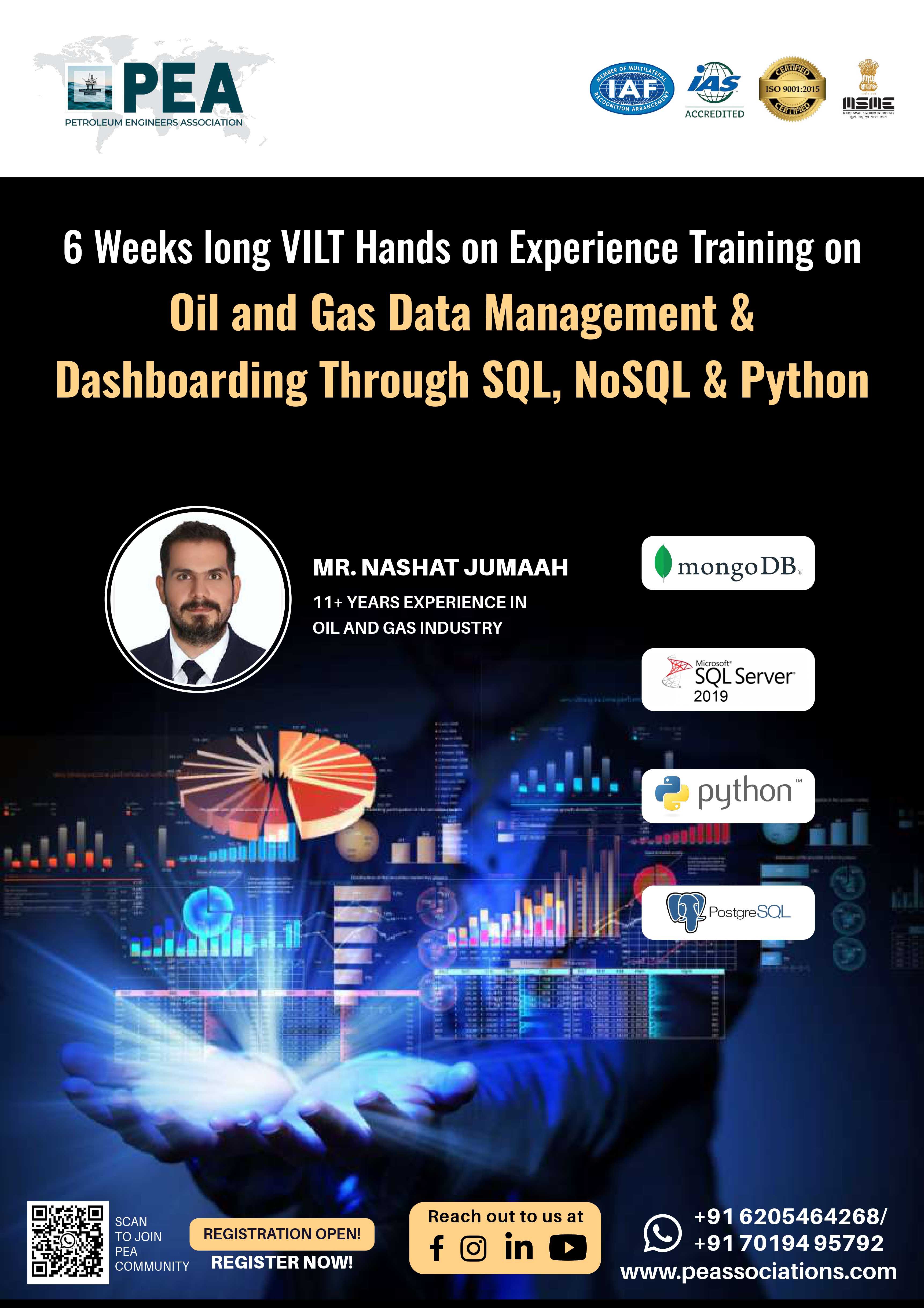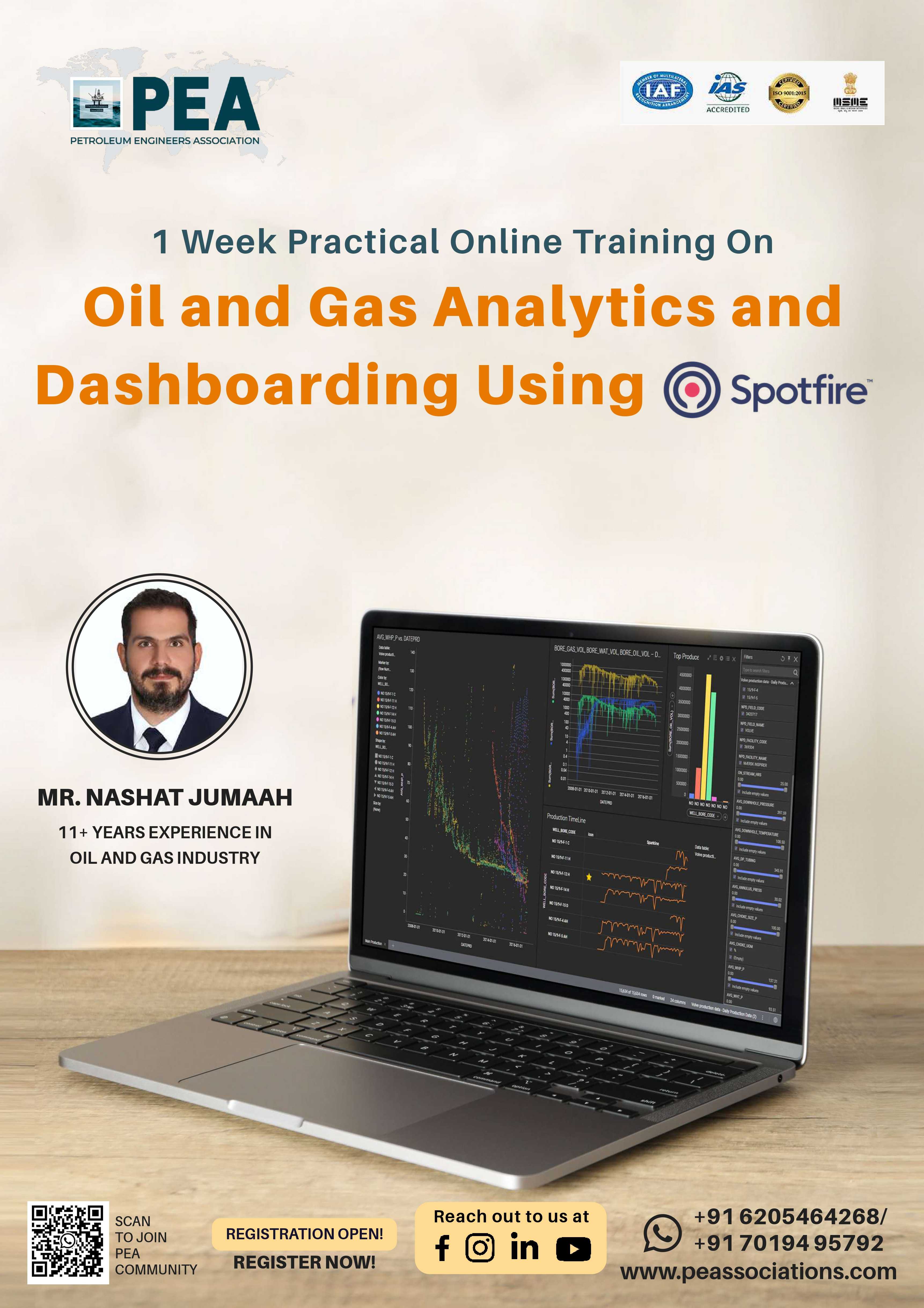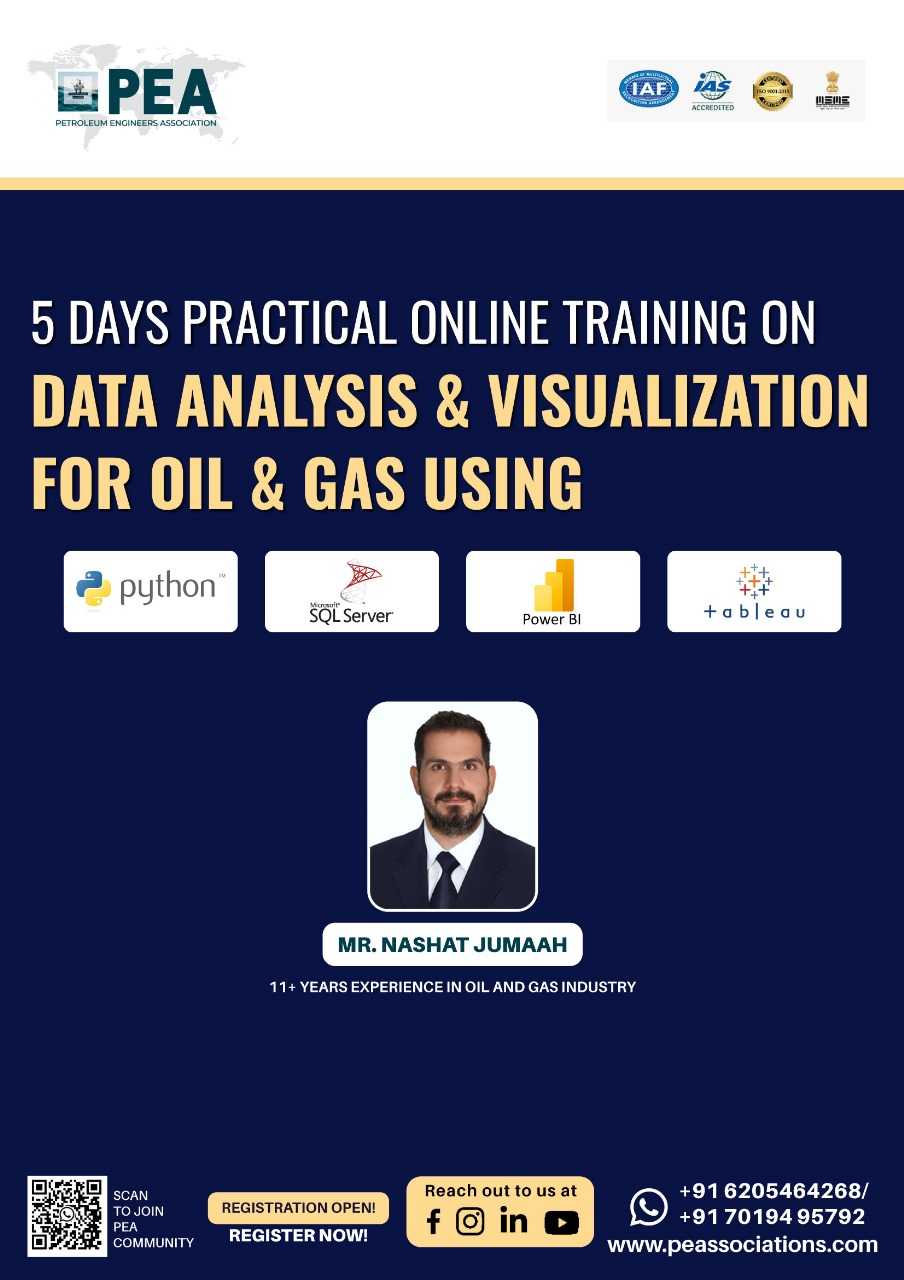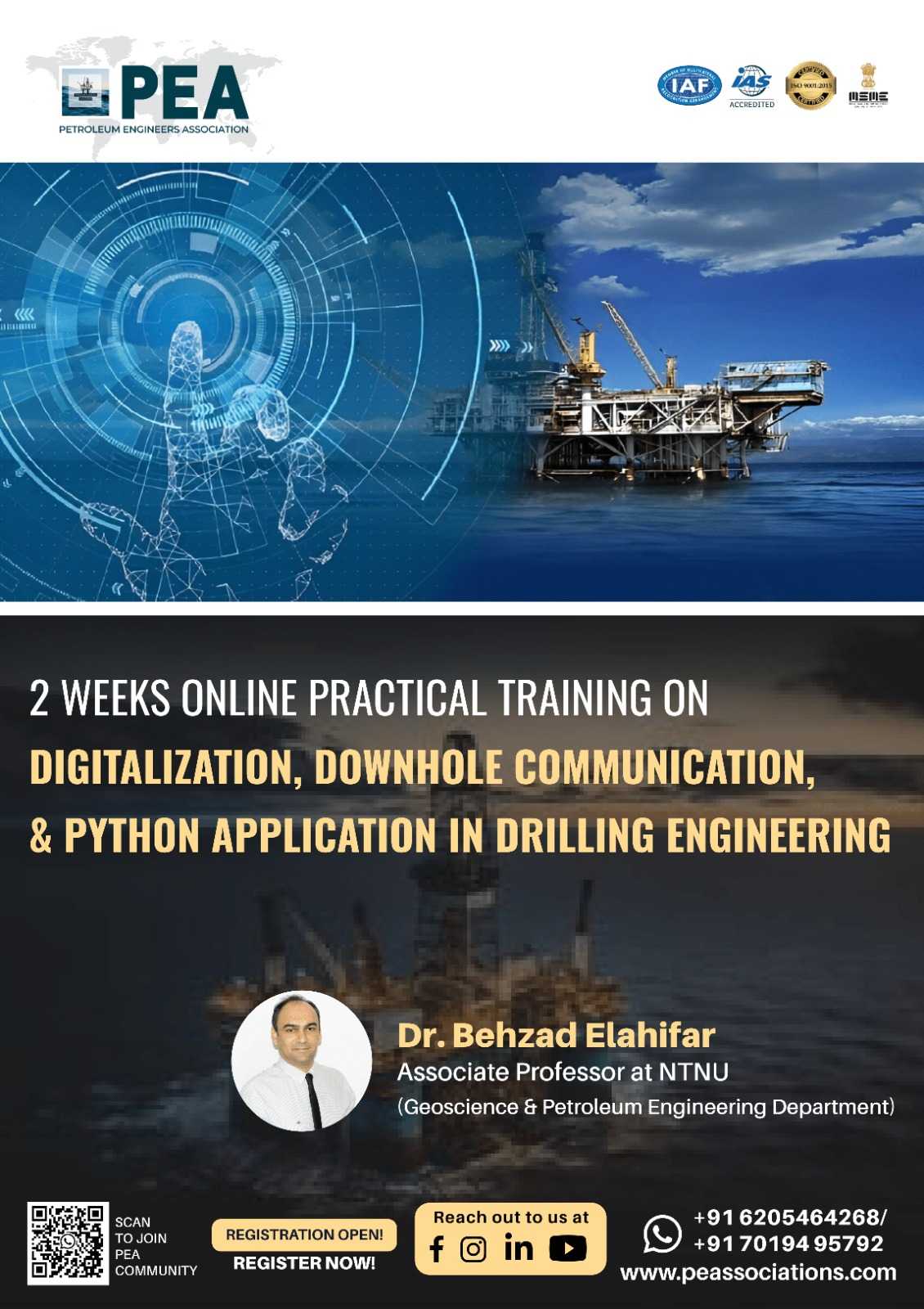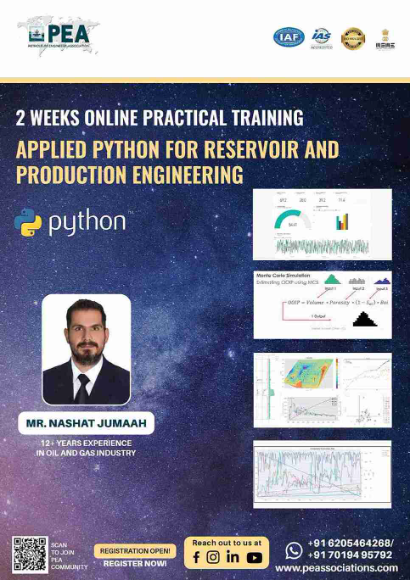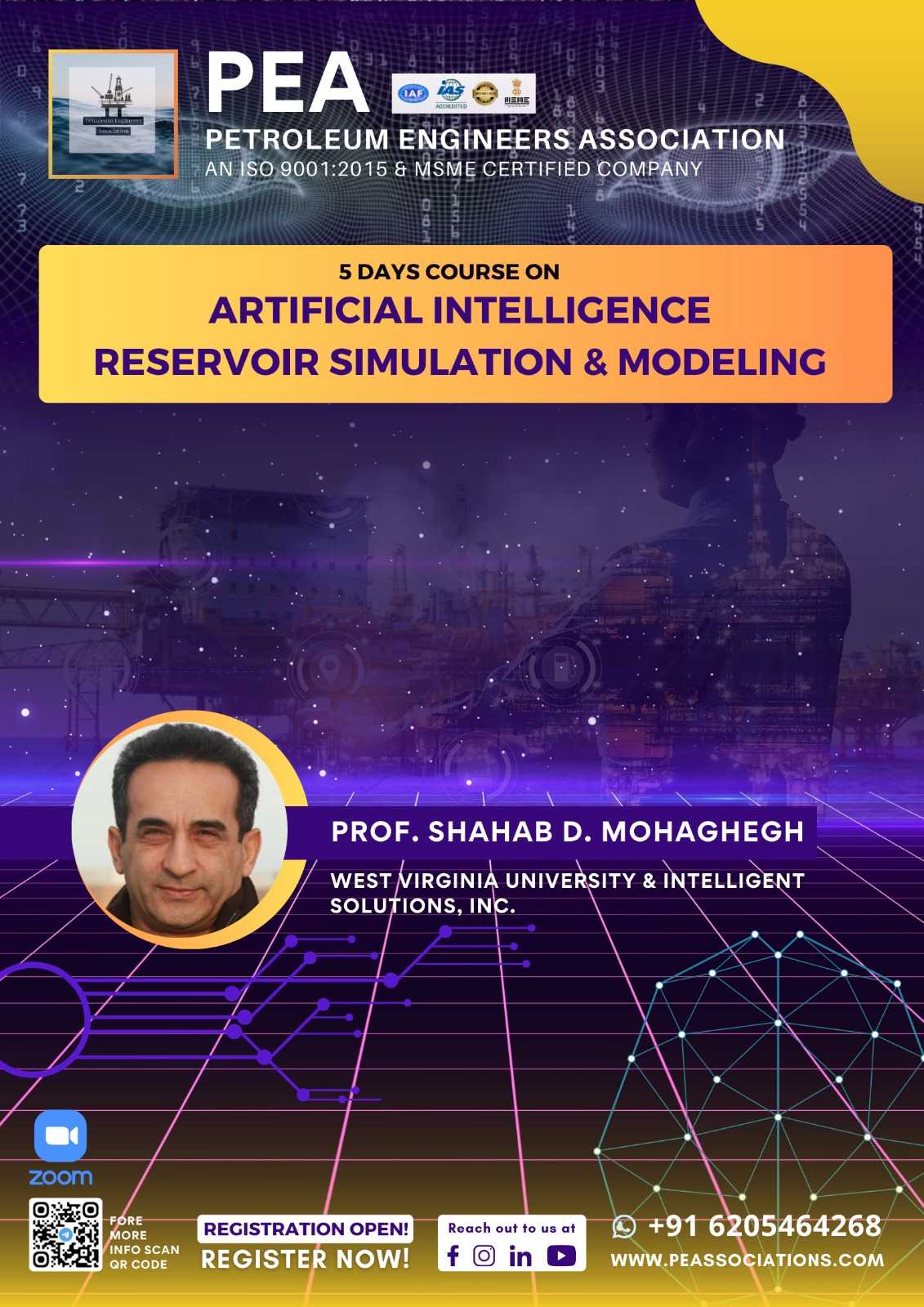| Code | Date | Time | Duration | Location | Currency | Team of 10 Per Person | Team of 7 Per Person | Early Bird Fee Per Person | Normal Fee Per Person |
|---|---|---|---|---|---|---|---|---|---|
| 21 Sep 2024 | 9 PM Indian Time |
3 Hours Per Day
|
Zoom Online
|
Boost your team's skills and your budget! Enjoy group discounts for collaborative learning. Send an inquiry to info@peassociations.com.
Data Analytics and Machine Learning for Oil and Gas Using Microsoft Power BI
Description
Demo Class
In the dynamic landscape of the oil and gas industry, data is a goldmine waiting to be tapped. This comprehensive course empowers professionals to harness the power of data analytics and machine learning using Microsoft Power BI, a leading business intelligence tool. Through practical, hands-on exercises and real-world case studies, participants will acquire the skills to transform raw data into actionable insights, driving informed decision-making and operational efficiency.
Master Power BI: Gain proficiency in using Power BI to connect, clean, transform, and visualize diverse oil and gas data.
Data Analytics for Oil and Gas: Apply data analytics techniques to uncover trends, patterns, and anomalies in production, exploration, and operational data.
Machine Learning Applications: Explore and implement machine learning algorithms for predictive modeling, anomaly detection, and optimization in oil and gas scenarios.
Data Visualization: Create compelling and interactive visualizations to communicate insights effectively to stakeholders.
Decision-Making: Utilize data-driven insights to make informed decisions that enhance productivity, reduce costs, and manage risk.
Interactive Lectures: Engage with expert instructors through a combination of theoretical concepts and practical demonstrations.
Hands-on Exercises: Apply newly acquired skills to real-world oil and gas datasets using Power BI.
Case Studies: Analyze and solve industry-specific challenges using data analytics and machine learning.
Group Discussions: Collaborate with peers to share insights and learn from each other's experiences.
Personalized Feedback: Receive guidance and support from instructors to enhance your learning journey.
Improved Decision-Making: Equip teams with data-driven insights to optimize operations, reduce downtime, and identify new opportunities.
Enhanced Efficiency: Streamline processes, minimize waste, and improve productivity through data-driven analysis.
Risk Mitigation: Identify and address potential risks proactively using predictive modeling and anomaly detection.
Increased Profitability: Maximize revenue and reduce costs by making informed decisions based on data insights.
Skill Enhancement: Acquire highly sought-after skills in data analytics and machine learning in the oil and gas sector.
Career Advancement: Open doors to new opportunities and career growth in a rapidly evolving industry.
Problem-Solving: Develop a data-driven mindset to identify and solve complex challenges effectively.
Confidence: Gain the confidence to leverage data to drive innovation and make impactful contributions to your organization.
Oil and Gas Professionals: Engineers, geologists, analysts, managers, and anyone involved in data-driven decision-making.
Data Analysts and Scientists: Professionals looking to apply their expertise to the oil and gas industry.
Business Intelligence Professionals: Individuals seeking to enhance their skills with Power BI in the oil and gas context.
Anyone Interested in Data: Individuals passionate about leveraging data to drive innovation and efficiency in the oil and gas sector.
On successful completion of this training course, PEA Certificate will be awarded to the delegates
Mr. Nashat J. Omar With over 11 years of specialized experience in petroleum engineering, focus on production and flow assurance brings valuable expertise to the energy sector. He possess a strong command of Python and C#, which empowers him to create efficient data management solutions and streamline workflows. His collaborative nature and adaptability enable him to thrive in multidisciplinary settings, where he consistently contribute to success through innovative problem-solving. He is dedicated to continuous learning and staying ahead of industry advancements, ensuring that he can enhance operational efficiency and guarantee robust flow assurance.

